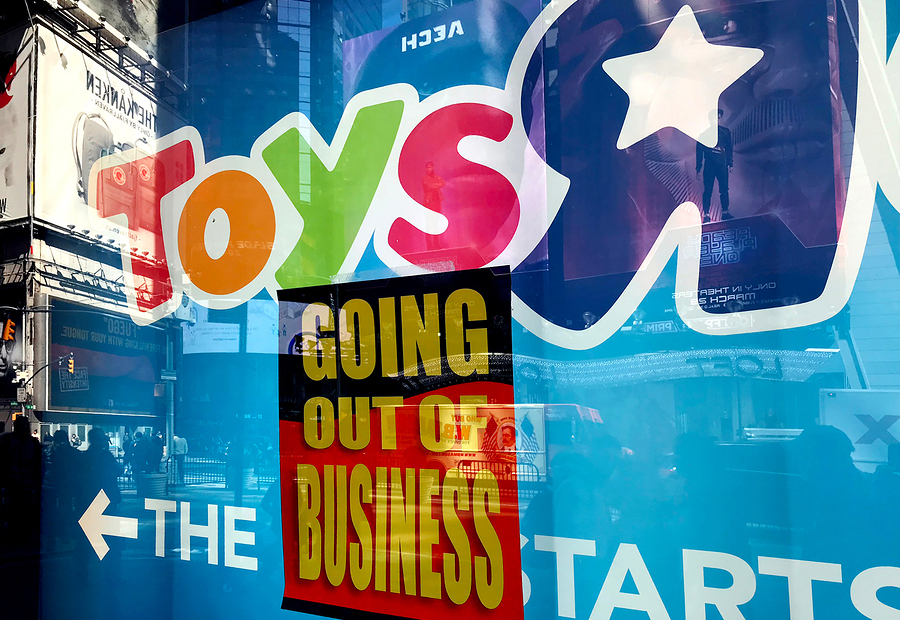“Today it’s important to be present, be relevant and add value.”
Nick Besbeas
This was more than an underperforming brick-and-mortar chain getting dismantled by Amazon, it was a requiem for a store that held a special place in the hearts of pre-Gen Z generations, especially those coming of age when the “I don’t wanna grow up, I’m a Toys R Us kid” jingle/commercial was ubiquitous and the sentiment unanimous.
Toys R Us will now forever have unrealized dreams of contemporizing their stores: The company had wanted to add playrooms where kids could test toys (much like the uber-popular YouTube “unboxing” videos), as well as spaces for birthday parties, but the clock struck midnight before the company ever got the chance.
Of course, there was a time when simple patronizing a Toys R Us was experiential enough, but in a way that wasn’t always pleasant for one particular demographic: parents. While the absence of Toys R Us may sadden parents on a nostalgic level, many will feel relieved they no longer need escort their kids there and deal with the anxiety of having their progeny angle for every other toy in the store. Plus, parents know that while toys may look appetizing en masse in a store, kids simply don’t play with toys the same way they did when the jingle was popular. With the average age of mobile device ownership decreasing every year (it’s around 10 years old now), kids can get all the entertainment they need in the palms of their adolescent hands.
In the aftermath of the announcement, Toys R Us was quick to deflect blame from Amazon; Walmart and Target were, too, taking a toll, as was severe debt, which made it impossible to properly staff stores.
Toys R Us wasn’t the first and surely won’t be the last retail giant to disappear; this year alone, Bon-Ton, B&B Bachrach and Claire’s have filed for Chapter 11 bankruptcy protection. Doing path-to-purchase research now is the smartest and safest way to prevent retailer’s remorse; it’s essential retailers understand consumer motivation to purchase online vs. in-store, and what’s triggering that motivation, before they join the ranks of the defunct.
It’s not always easy but Marketing Workshop has honed a multi-phase approach that has proved essential for many clients. It begins with a comprehensive P2P survey that meticulously examines the catalyst stage and consideration stage, and asks of the consumer crucial questions like “what source was most influential in your purchase decision?”
But even Marketing Workshop recognizes that a P2P survey may not suffice entirely; consumer observation is critical, too. This includes shop-along interviews, consumer intercept surveys and observational shopper research, among other tactics.
When you’re choosing between success and obsolescence, is there ever such thing as being too thorough? That’s the one question you don’t need Marketing Workshop to answer.
~ Marketing Workshop
